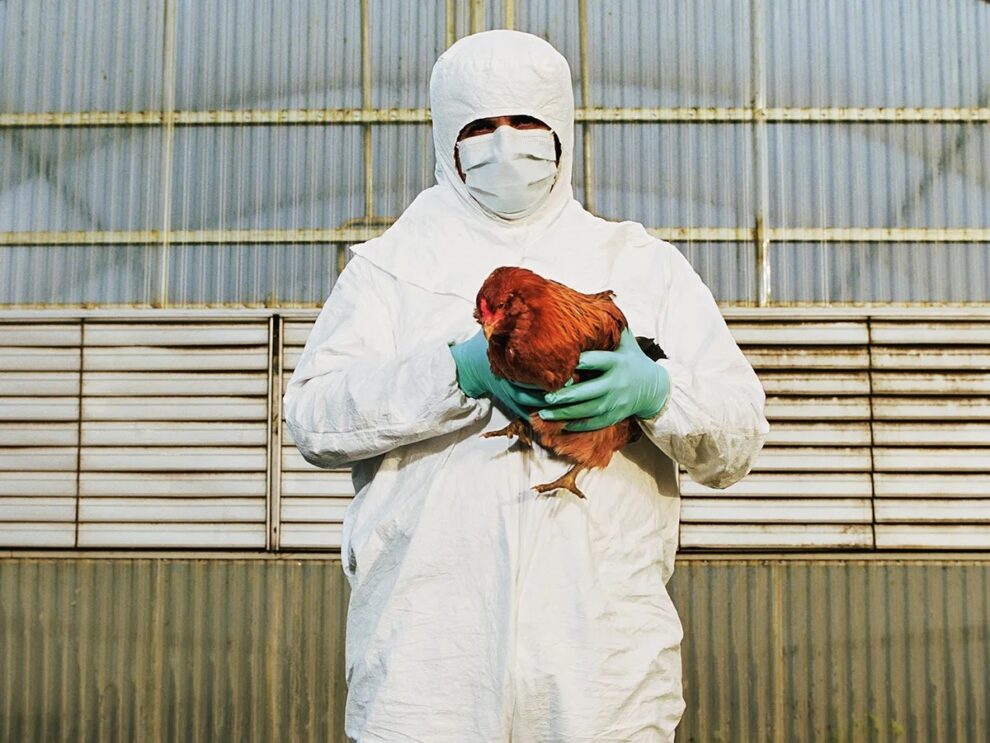Bird flu, a highly pathogenic avian influenza, has caused significant damage to poultry production worldwide, resulting in the culling of over 200 million birds in the last 18 months. In Chile, the disease, as per AFP, has killed close to 9,000 sea lions, penguins, otters and small cetaceans. France, which has also been severely affected by the disease, has now announced its intention to launch a vaccination programme against bird flu in the autumn following successful tests on ducks, according to the farm ministry.
France’s vaccination for ducks
Among the European Union countries, France has been the most severely affected, experiencing a notable resurgence of outbreaks in the southwestern part of the country since the beginning of the month, primarily among ducks.
Reuters reports that in anticipation of this situation, France had previously placed an order for 80 million vaccines, contingent upon the confirmation of their effectiveness through final tests conducted by the French health safety agency ANSES.
On its website, the French farm ministry wrote, “These favourable results provided sufficient guarantees to launch a vaccination campaign as early as autumn 2023.”
Is the vaccination effective?
The conclusions drawn from the tests indicated that the vaccinated mule ducks exhibited effective control of virus transmission, differentiation between infected and vaccinated animals — referred to as the DIVA principle — and a decrease in virus excretion among vaccinated birds.
Vaccination and governments
Governments have historically been cautious about using vaccines due to potential trade restrictions. However, in light of the severity of the bird flu outbreak and its implications for public health, many governments have increasingly considered vaccinations as a means to control the virus’s spread and prevent human transmission.
Preliminary results from the Netherlands have also shown the tested vaccines to be efficient.
Situation in Chile
Chile’s fisheries service, as per AFP, has reported that an avian flu outbreak along the country’s north coast has led to the deaths of nearly 9,000 sea lions, penguins, otters, and small cetaceans. The outbreak, which began in 2023, has resulted in the deaths of over 7,600 sea lions, 1,186 Humboldt penguins — an endangered species exclusive to Chile and Peru — as well as various otters, porpoises, and dolphins.
The disease has affected 12 out of Chile’s 16 regions, prompting the activation of “surveillance protocols” along the coast. Measures include the burial of affected animals to prevent further spread of the virus.
Bird flu around the word
Since late 2021, the world has been grappling with one of the most severe avian influenza outbreaks on record. The outbreak has resulted in the culling of tens of millions of poultry, widespread die-offs of wild birds, and an increasing number of infections among mammals in multiple countries.
Bird flu in humans
In Cambodia, an 11-year-old girl fell ill in mid-February and tragically succumbed to the H5N1 bird flu virus, exhibiting symptoms such as fever, cough, and sore throat. While her father also tested positive, health authorities in Cambodia ruled out human-to-human transmission. Instances of bird flu crossing over into mammals are rare, and human infections are even rarer. Unfortunately, there is currently no treatment for the disease, which tends to be fatal in both wild and domesticated birds.
In March, Chile reported its first case of human infection in a 53-year-old man. Other countries in South America, including Argentina, Brazil, Paraguay, and Peru, have also reported cases, with hundreds of sea lion deaths reported in some regions.
Source: WION
















